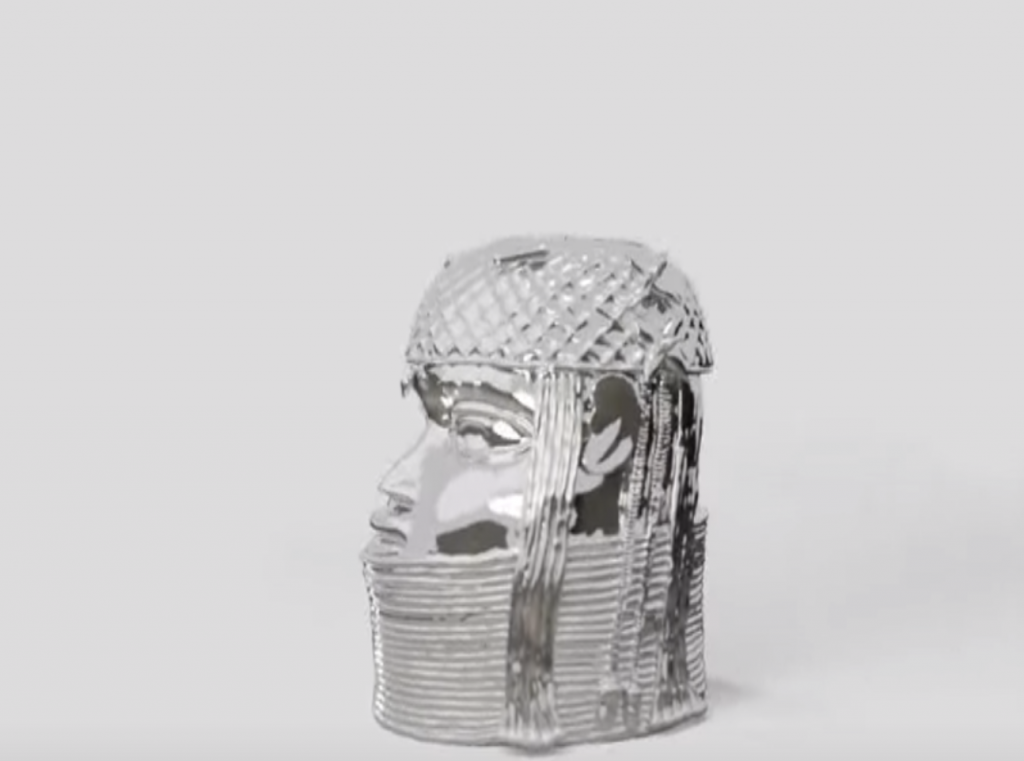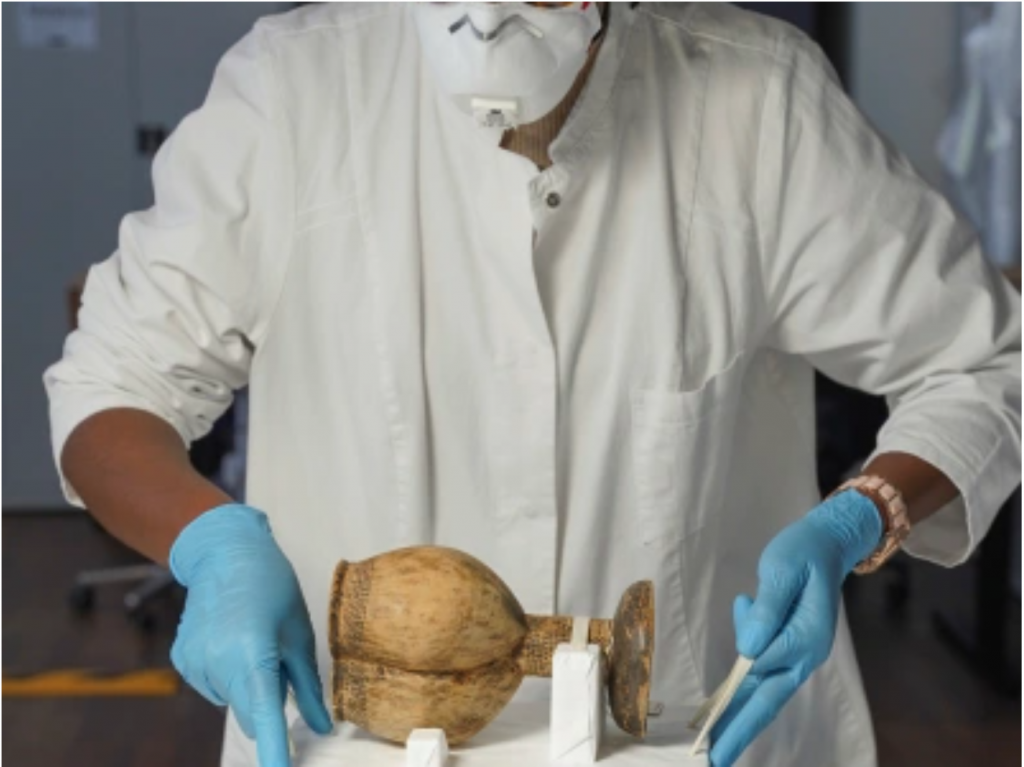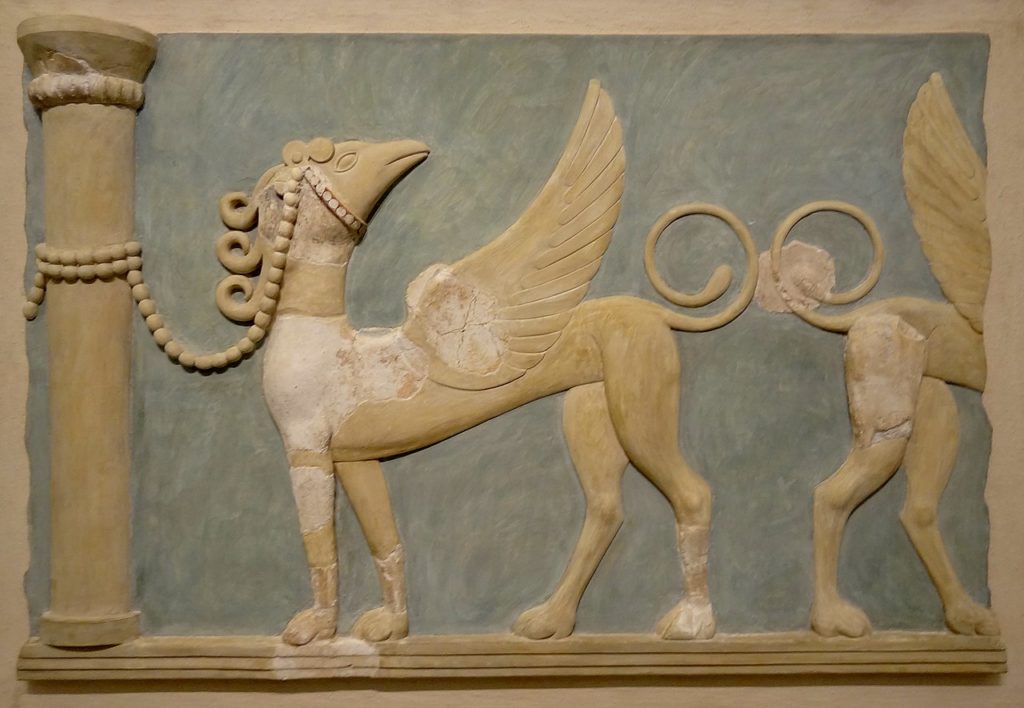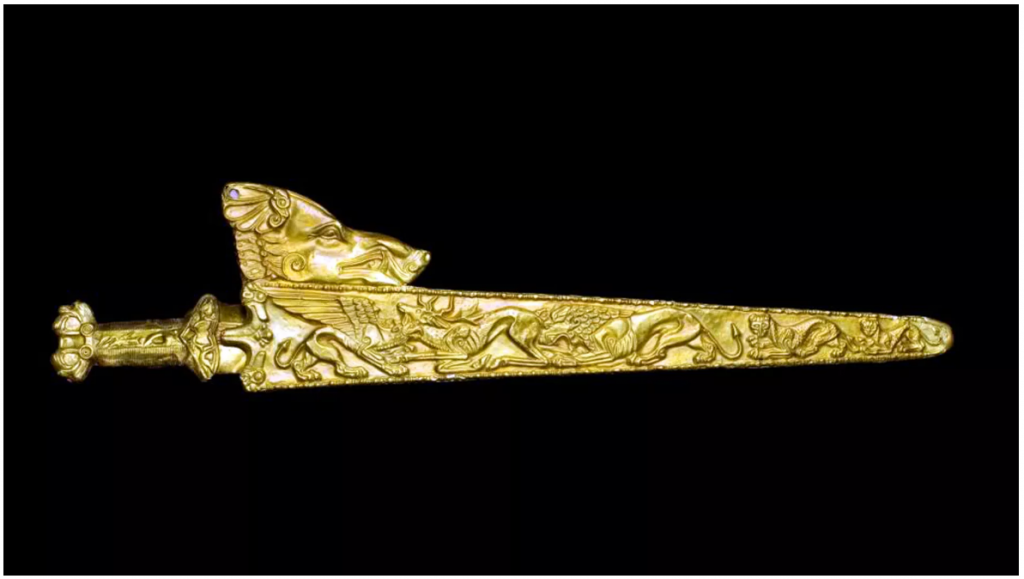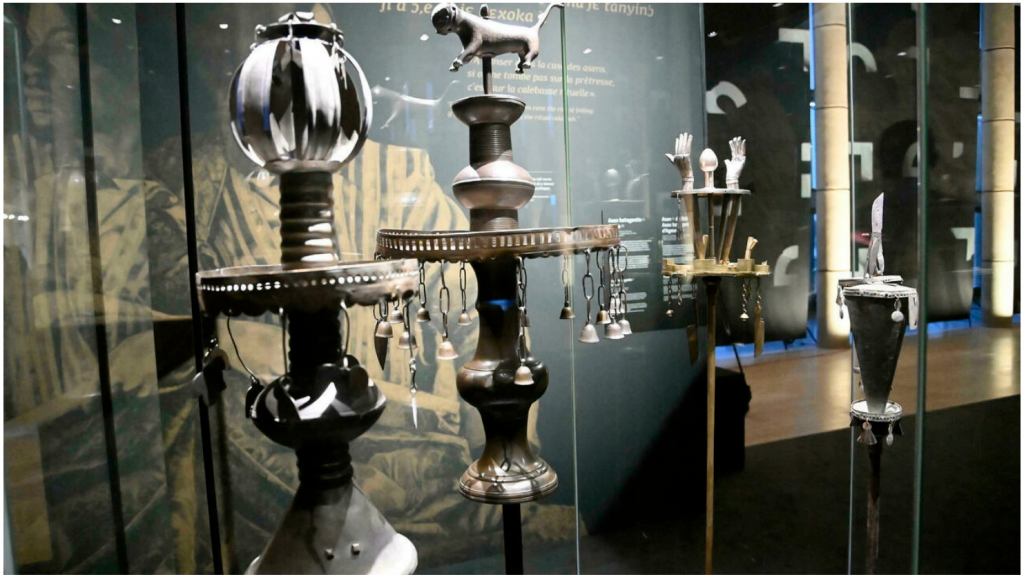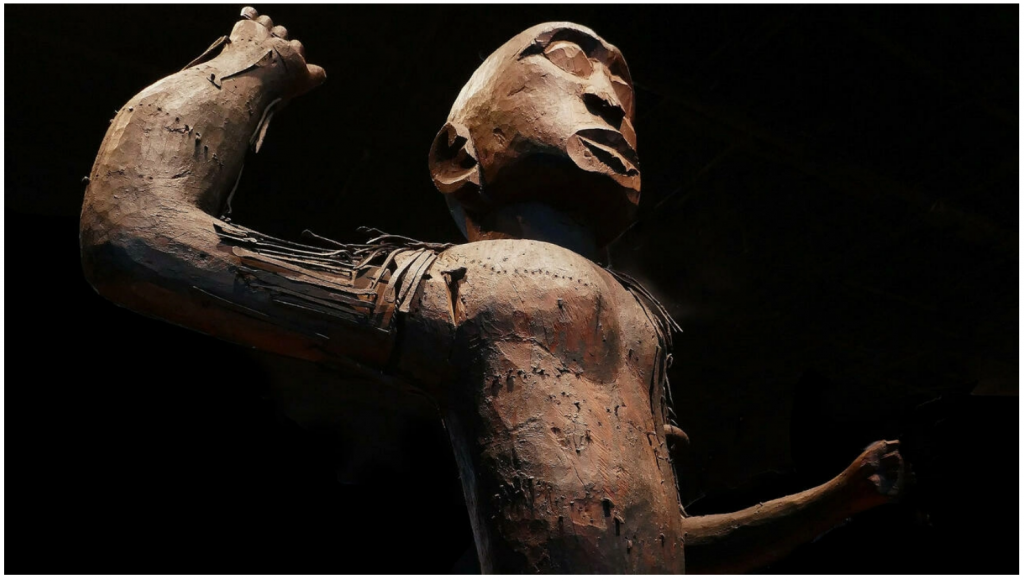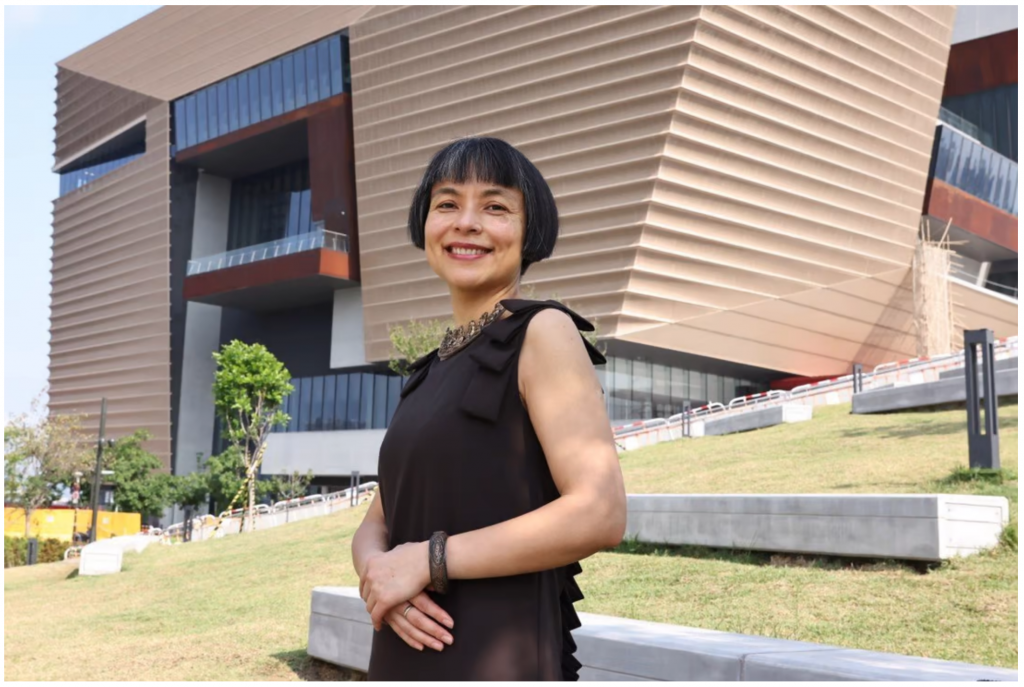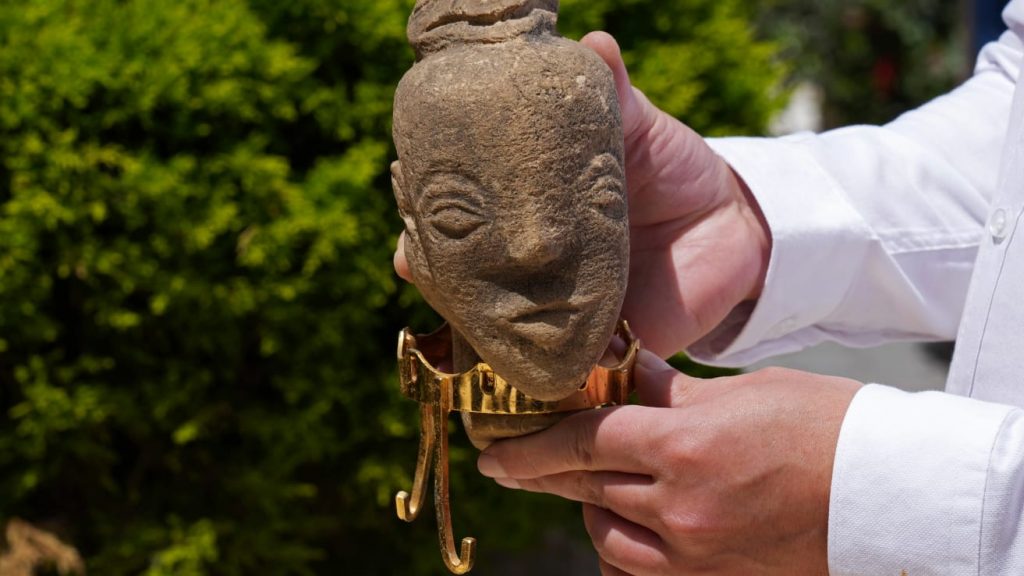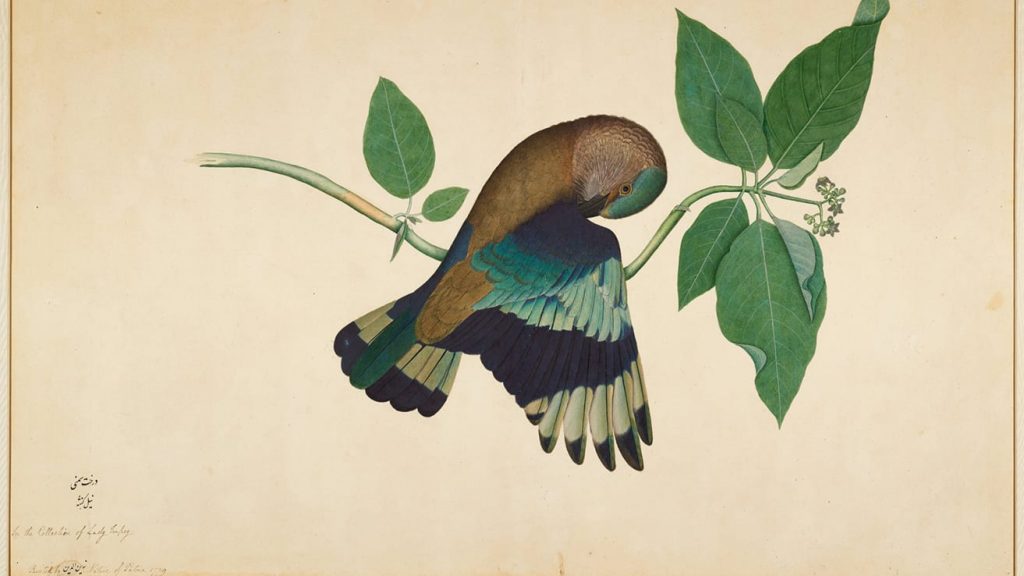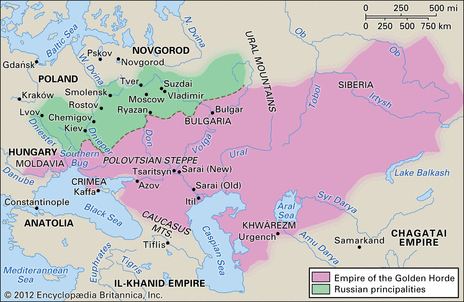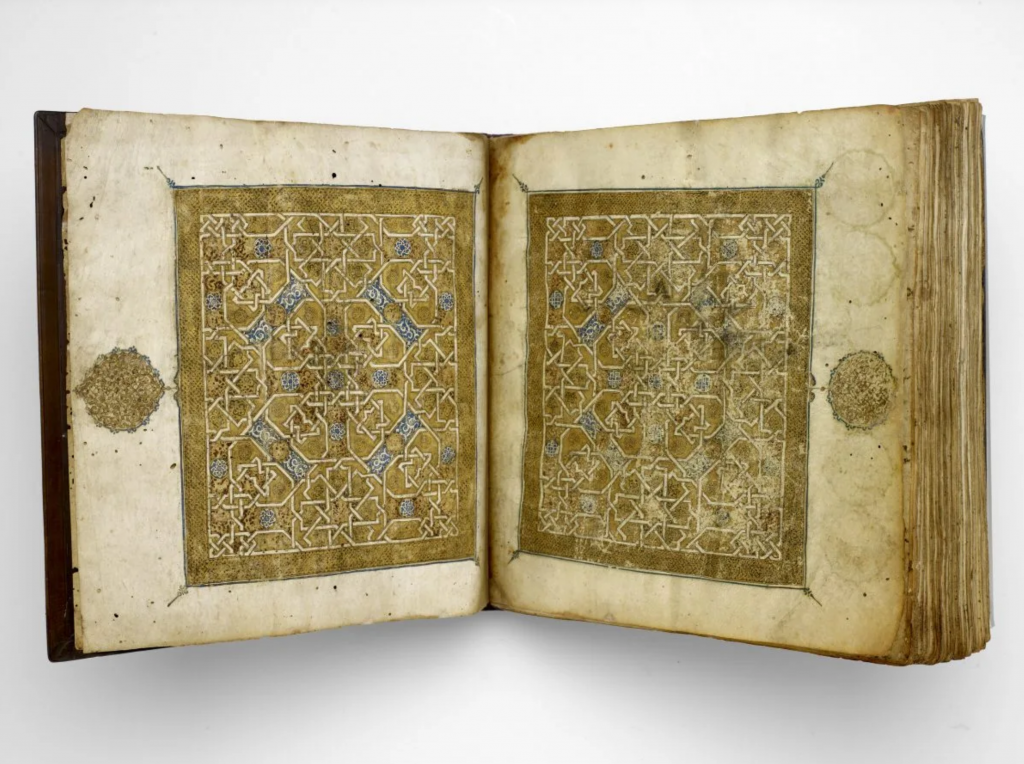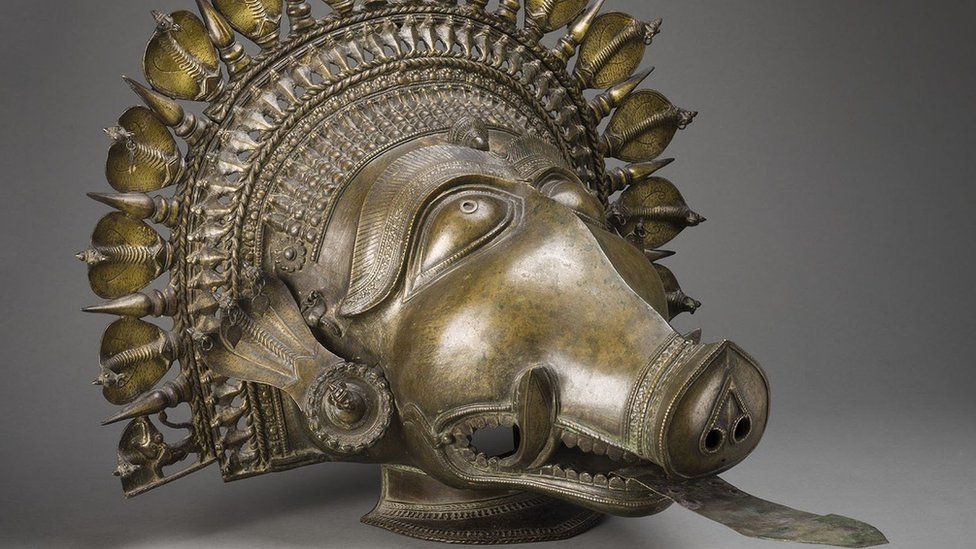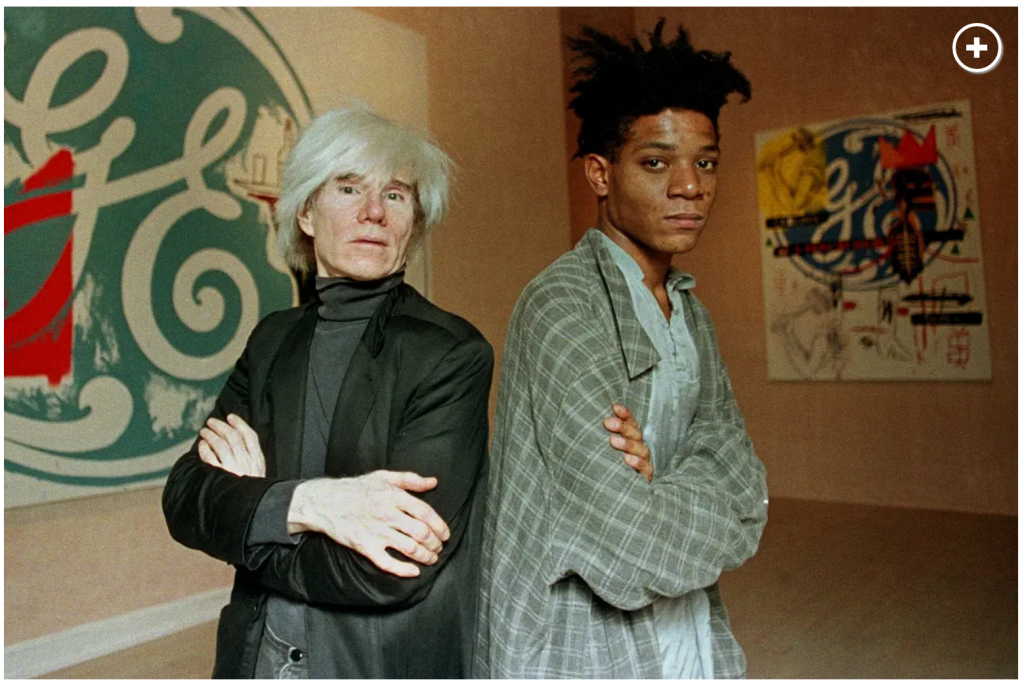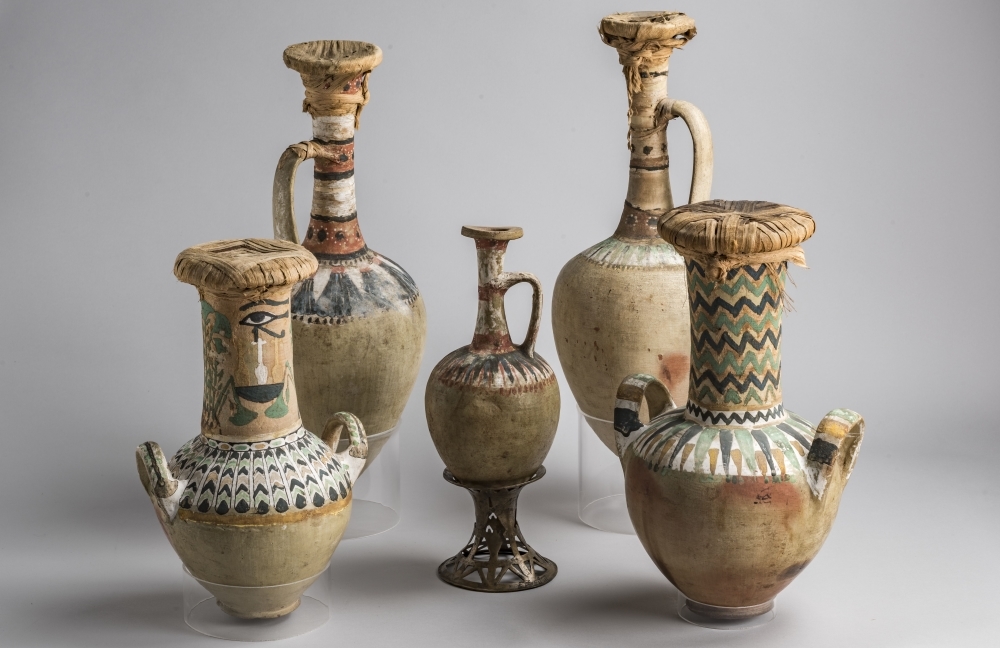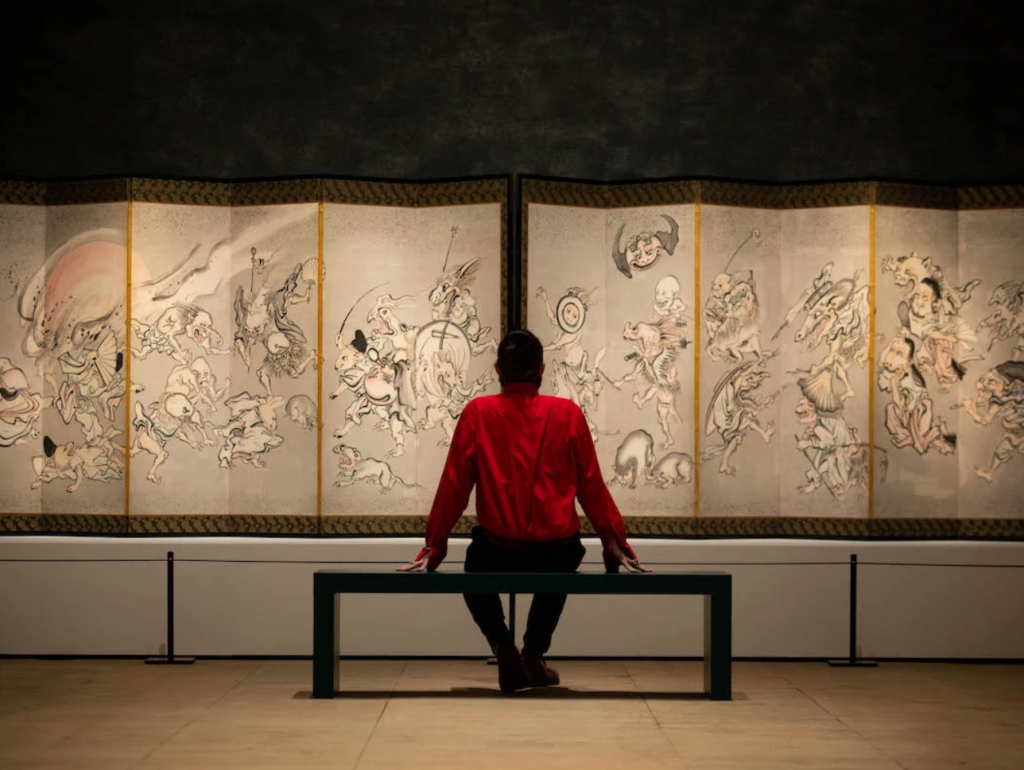
hen it comes to Japanese printmaking of the 19th century, Hiroshige and Hokusai have tended to dominate the conversation. But a third figure, Kawanabe Kyōsai, has begun to enter the public view outside Japan, thanks in part to a recently closed survey at London’s Royal Academy of Arts.
Notorious during his lifetime both for his art and for his eccentric personality, Kyōsai only lived to be 58, but during his short career, he managed to pioneer the art of manga. Prolific and profound, he left an enduring legacy of paintings, caricatures, sketches, illustrated books and prints, many of which can be found in the Israel Goldman collection that formed the basis of the Royal Academy show.
Source
